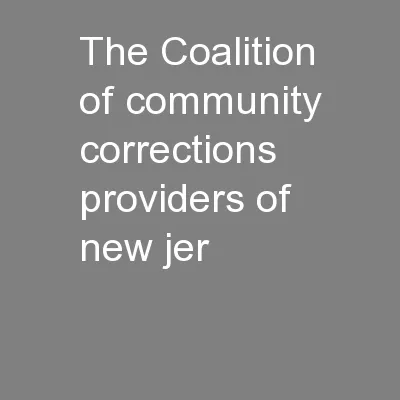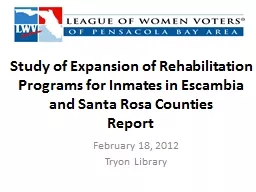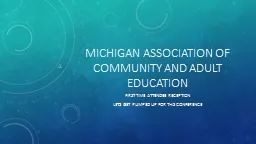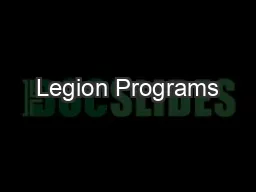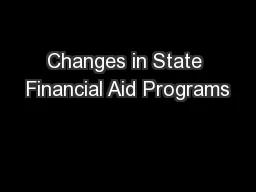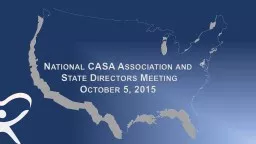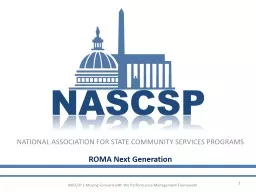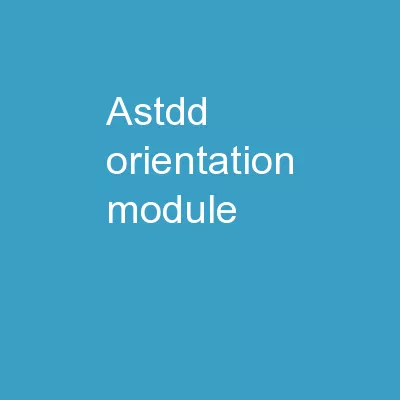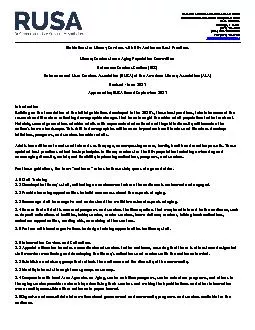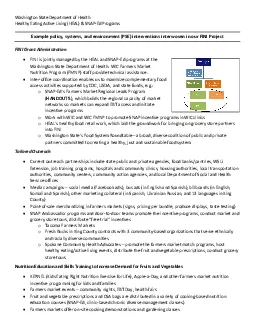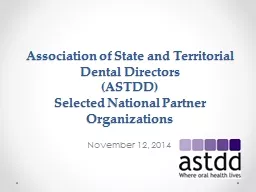PPT-NATIONAL ASSOCIATION FOR STATE COMMUNITY SERVICES PROGRAMS
Author : beatever | Published Date : 2020-10-22
NASCSP ROMA Next Generation NASCSP Moving Forward with the Performance Management Framework 1 Presenters Katy Kujawski Research Director NASCSP Jeannie Chaffin
Presentation Embed Code
Download Presentation
Download Presentation The PPT/PDF document "NATIONAL ASSOCIATION FOR STATE COMMUNITY..." is the property of its rightful owner. Permission is granted to download and print the materials on this website for personal, non-commercial use only, and to display it on your personal computer provided you do not modify the materials and that you retain all copyright notices contained in the materials. By downloading content from our website, you accept the terms of this agreement.
NATIONAL ASSOCIATION FOR STATE COMMUNITY SERVICES PROGRAMS: Transcript
Download Rules Of Document
"NATIONAL ASSOCIATION FOR STATE COMMUNITY SERVICES PROGRAMS"The content belongs to its owner. You may download and print it for personal use, without modification, and keep all copyright notices. By downloading, you agree to these terms.
Related Documents


